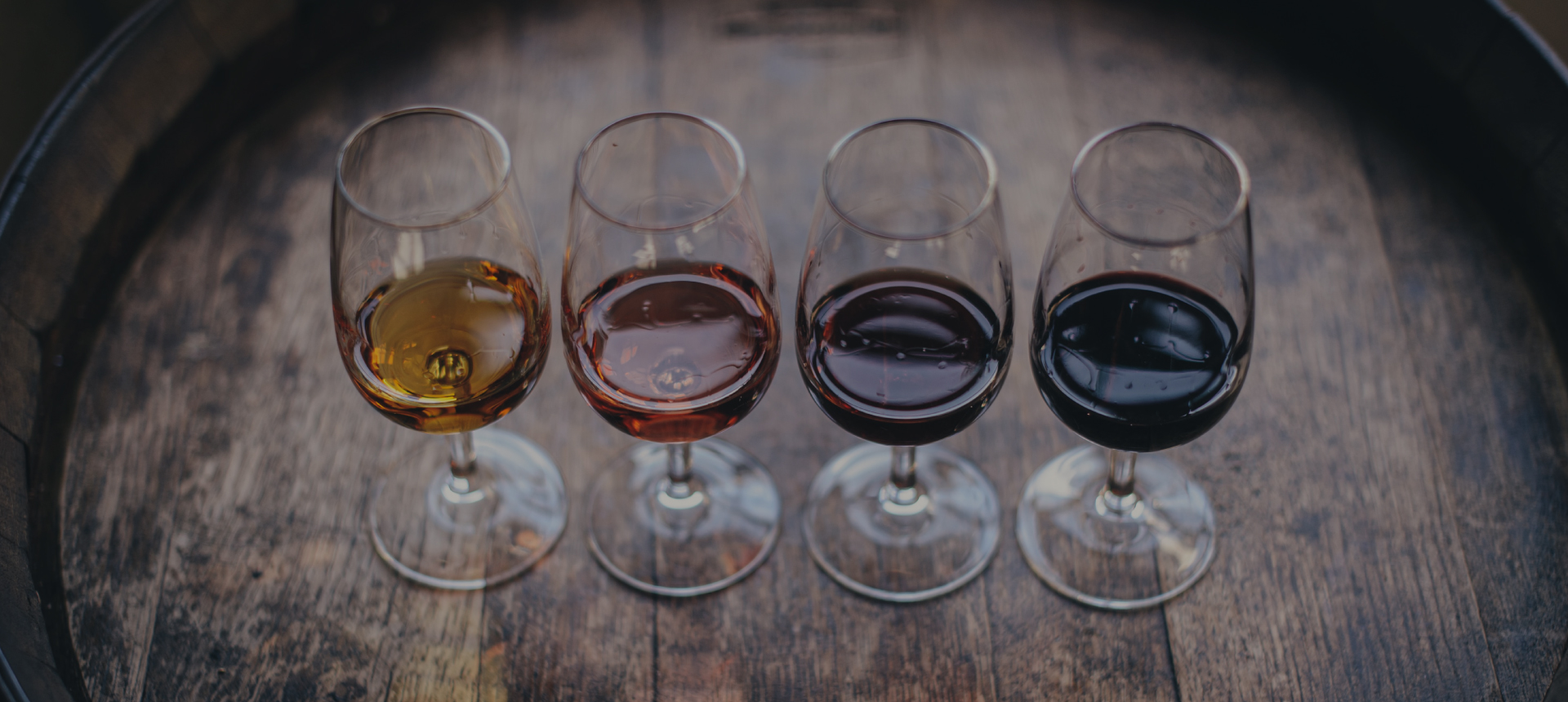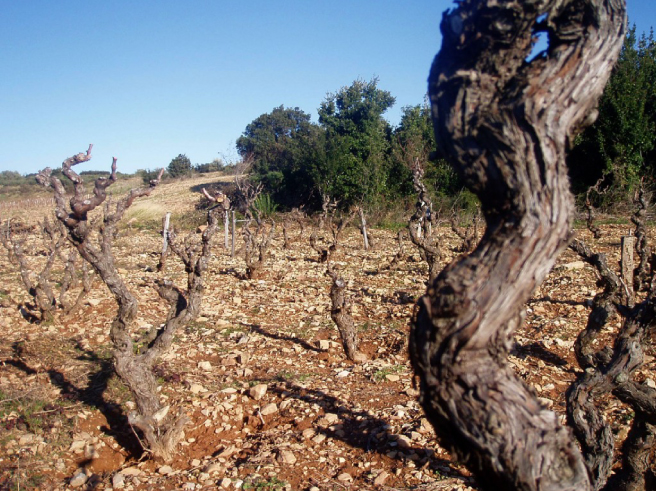Biodynamics
– The plant :
We use horn silica (501) in autumn and spring. In autumn, we use it to stimulate the return of sap in the roots and therefore preservation. Then it is used in springtime to reinforce the photosynthesis and to bring a luminous quality to the plants.
– The soil :
In autumn, we use a tiny dose of cowpat compost called Maria Thun to stimulate soil life. In springtime, we use a booster with a cow-horn manure (500) to stimulate the awakening of the soils.
I chose biodynamics with the palate in mind. When the point of commonality in your wine preferences is that they are all biodynamic, it is worth asking yourself why that is.
After many discussions and tastings, I made the leap to this agricultural practice which is an extension of organic agriculture, also being dynamic. Some of its basic principles are similar to homeopathy with regards to the dilution process and in its dynamisation. For me, it is a better way to showcase my terroirs and the qualitative potential of my vineyard.
I put ten years into bringing life back to the soils which the previous generation had killed. Today the soils are alive and expressive and biodynamics is there to enhance it. However, just like organic agriculture, biodynamics is simply a method, it is by no means a marker of quality. There are also biodynamic wines which I don’t enjoy.




